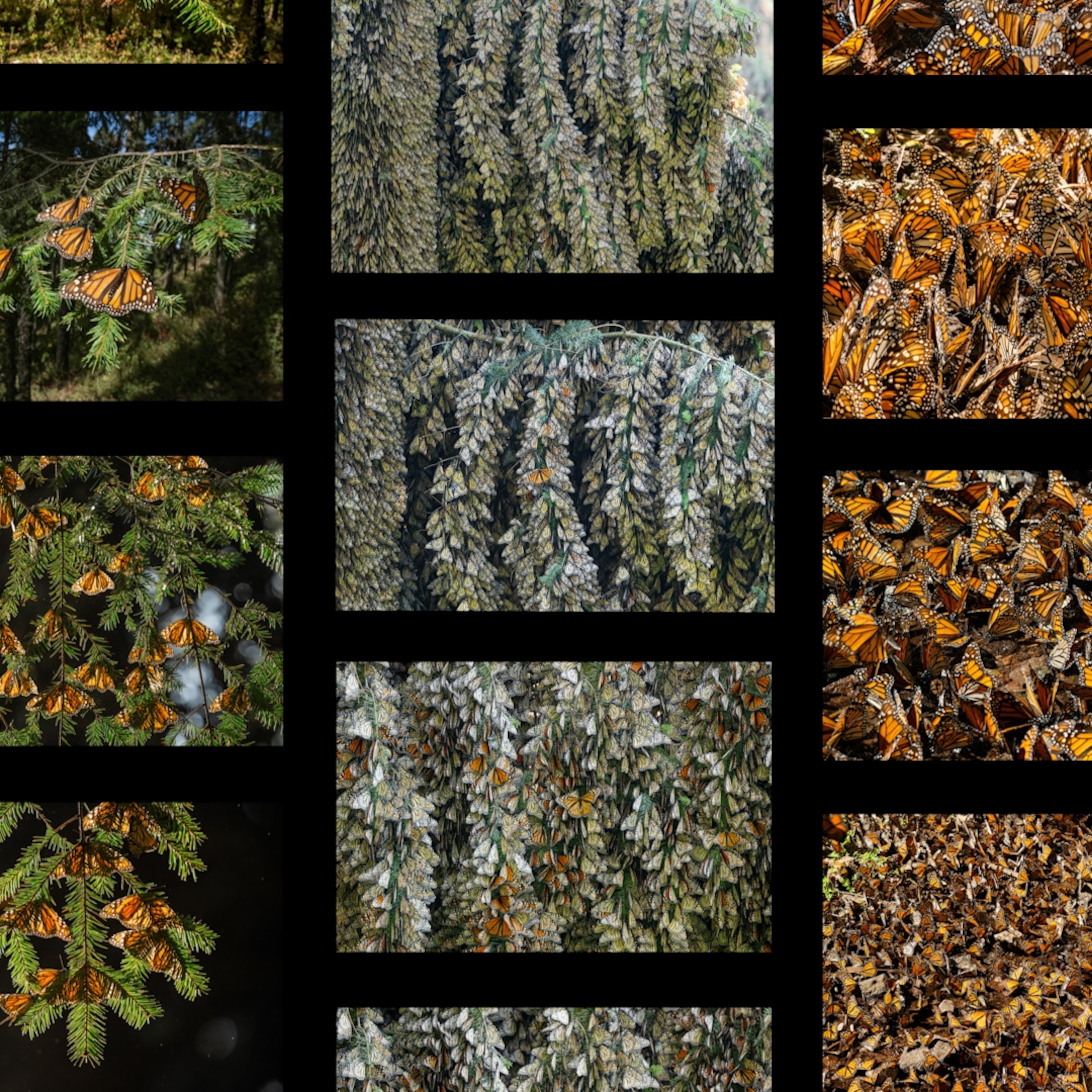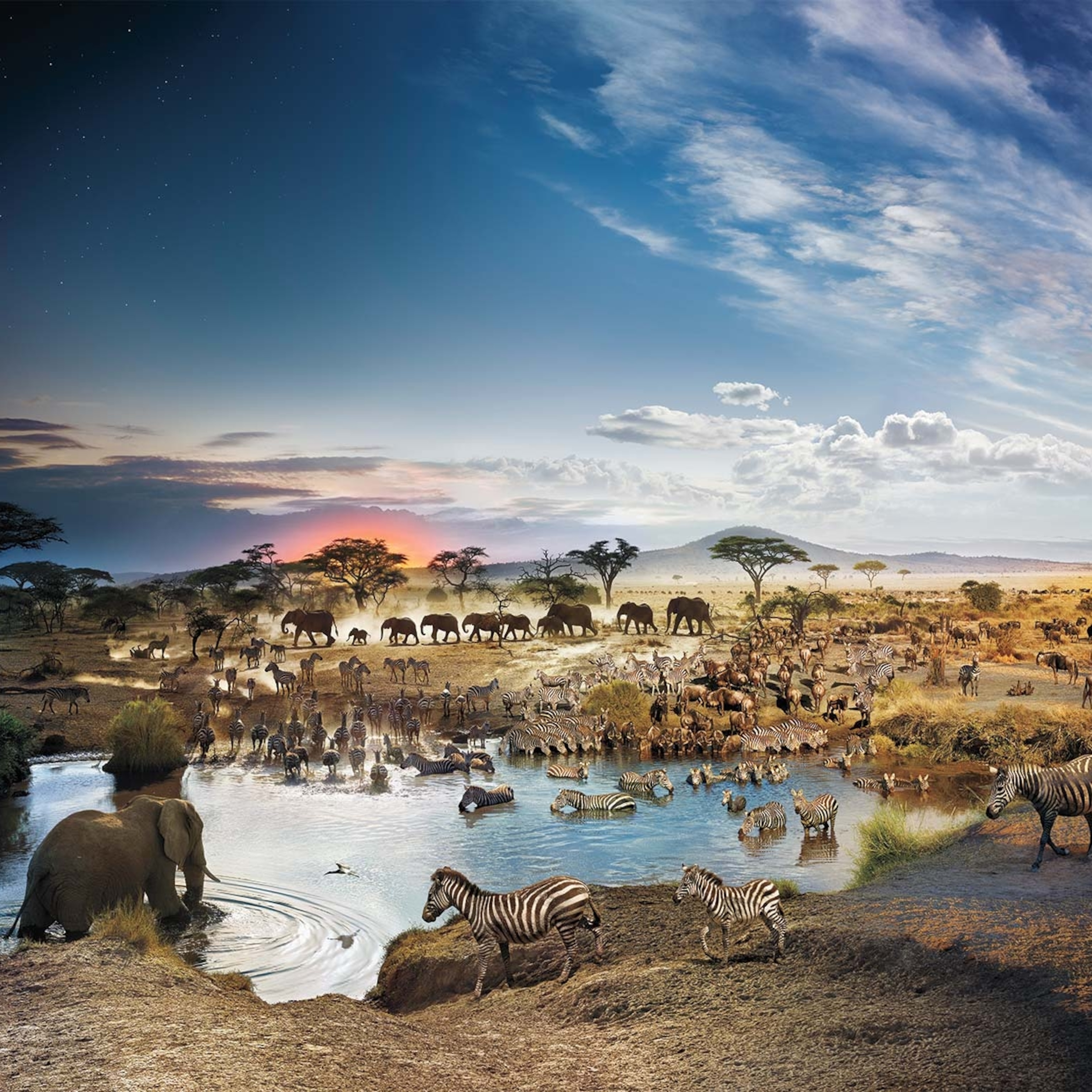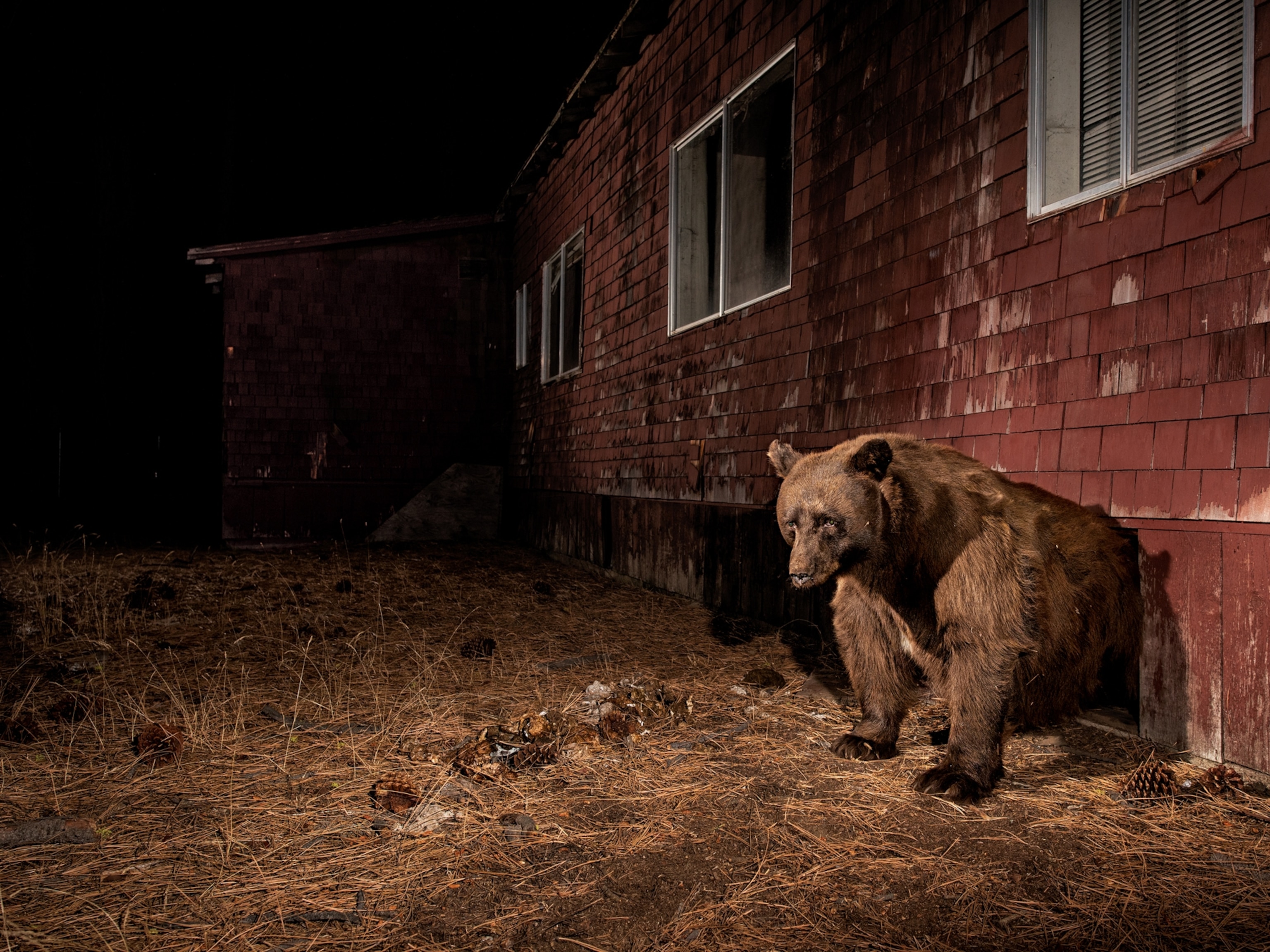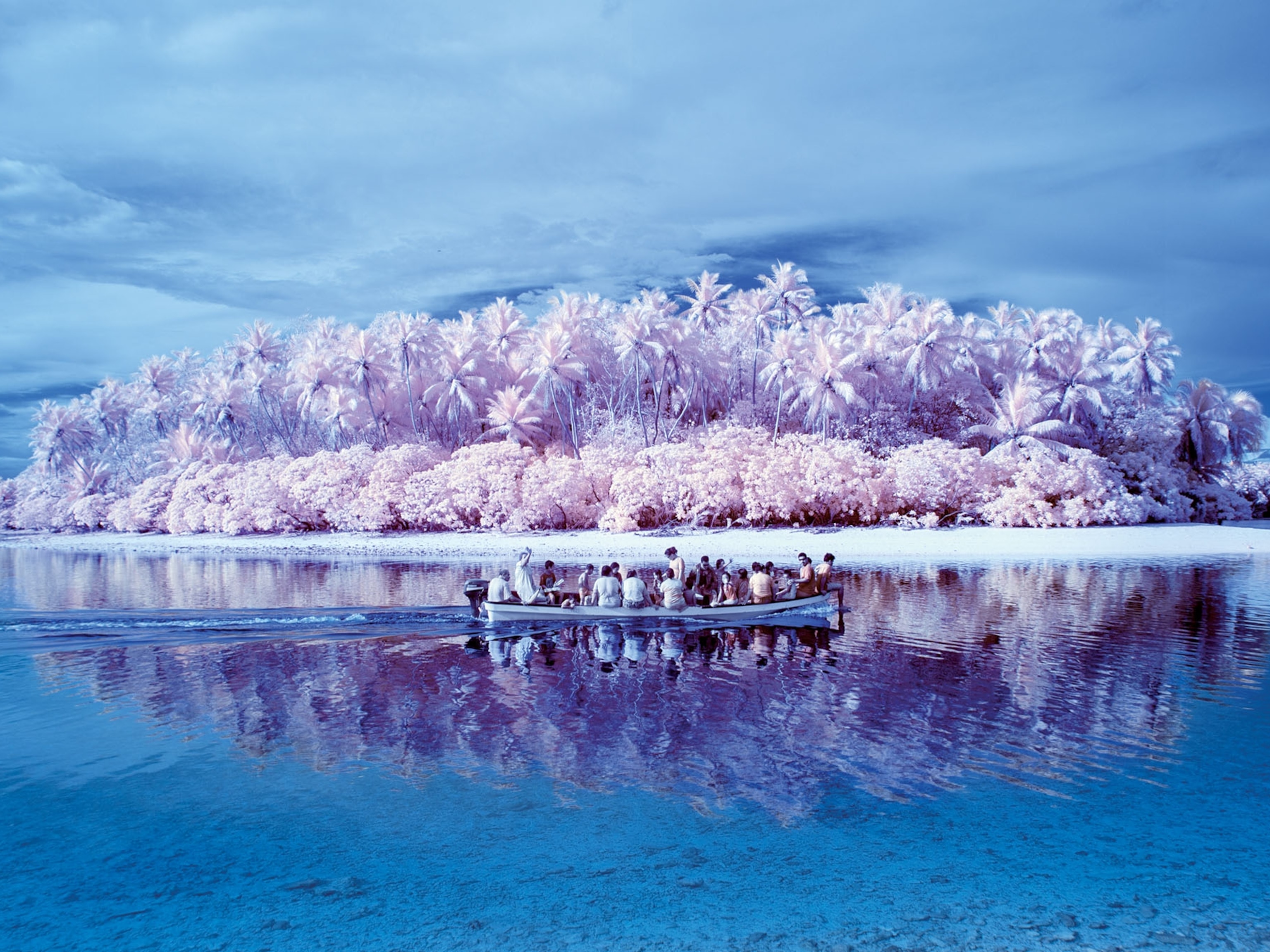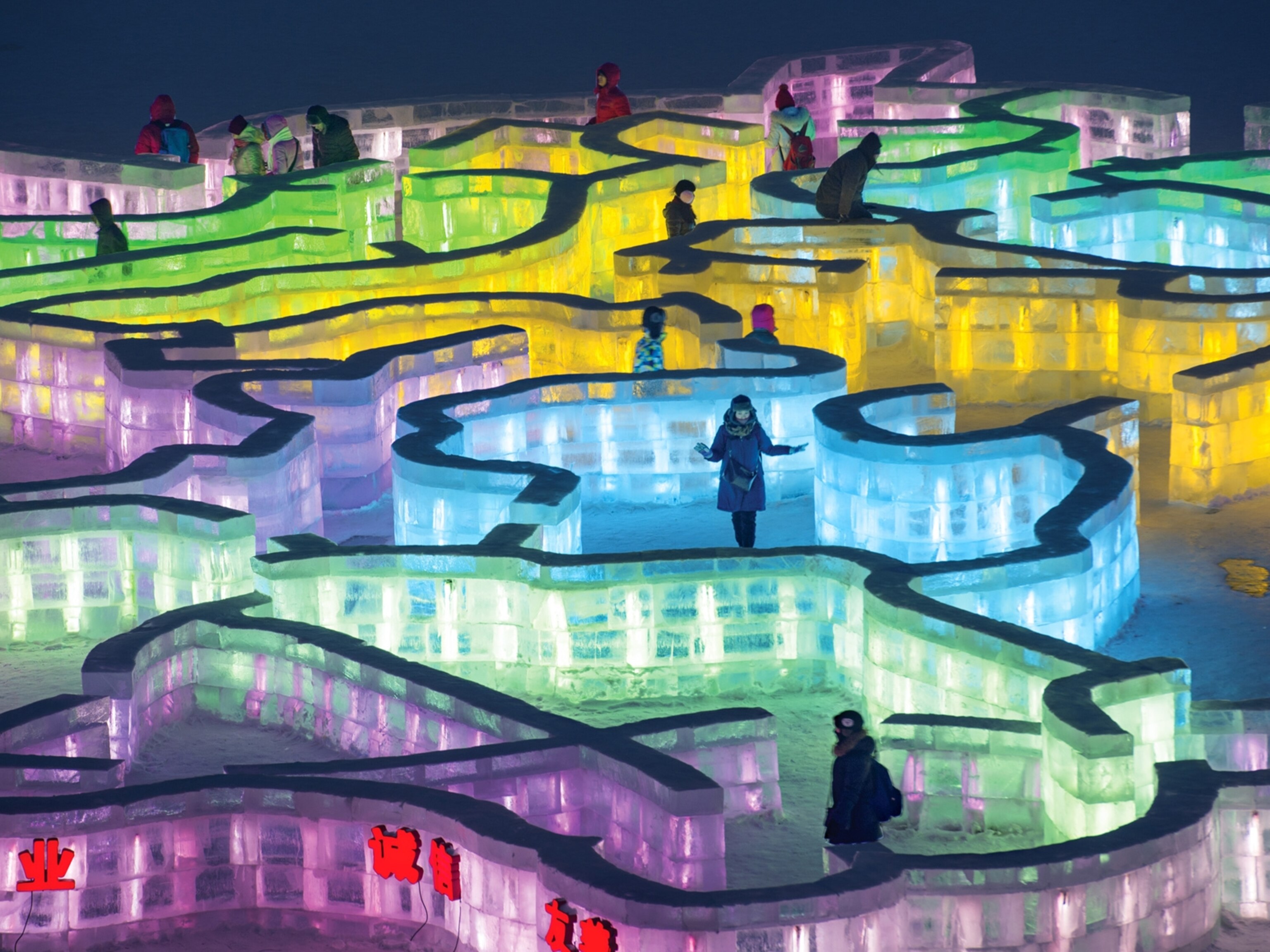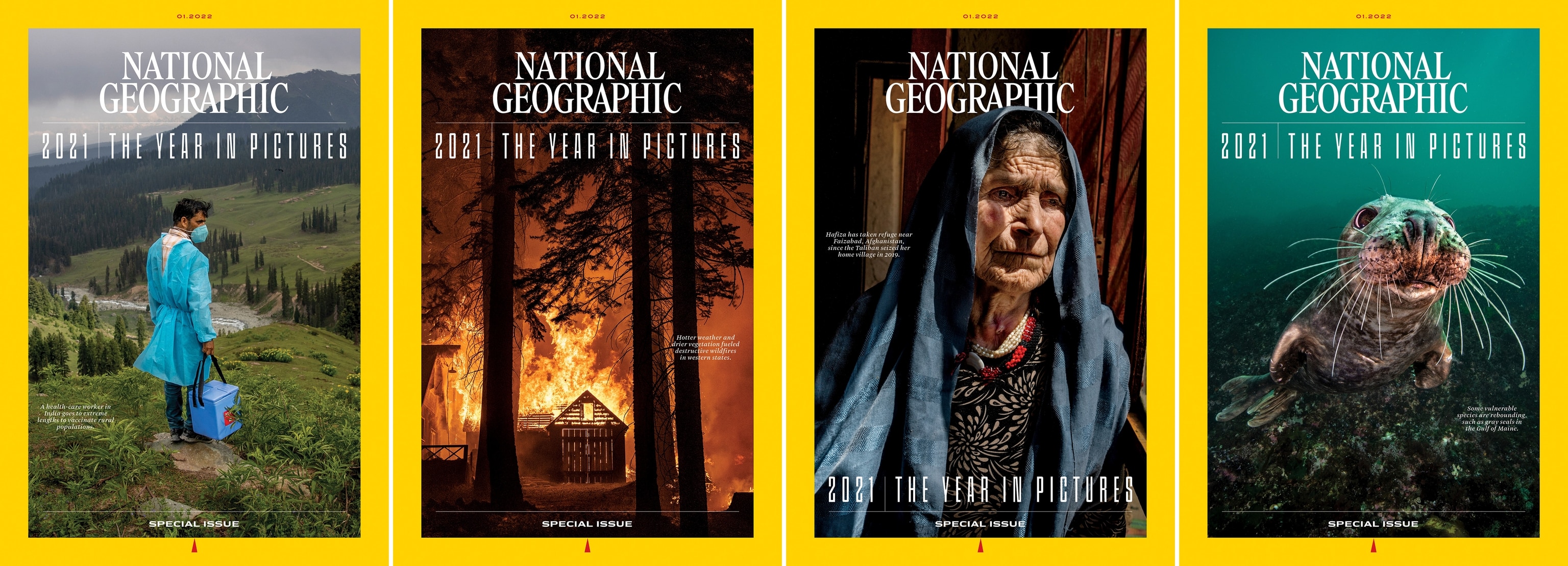
10 memorable images from our 2021 Year in Pictures issue
National Geographic photographers captured moments of resilience, levity, and victory in a challenging year.
In many ways, 2021 echoed the tumultuous year that preceded it—from the ongoing global pandemic to political turmoil around the world and record-breaking wildfires. But this year was notable in its own right, with a tense U.S. presidential transition and the slow reintroduction of in-person gatherings. With such a memorable year, National Geographic is back with its second annual Year in Pictures issue.
But this isn’t just “a collection of pretty photographs,” says Whitney Johnson, director of visuals and immersive experiences. She explains that the January issue tells a story of a complicated year through photography.
The world faced many challenges this year, but there are also moments of resilience, levity, and victory reflected in these images—from medical workers going to extremes to vaccinate people around the world to the steps communities are taking to create a greener future.
“In many ways, there are messages of hope, there are messages of compassion for one and another,” says Kathy Moran, deputy director of photography. “A number of the images featured show that there is hope, resilience, and there are solutions to many of the problems that we are facing as a society.”
Here are 10 of the most memorable images from our Year in Pictures.
.jpg)
In September, 2021, more than 600,000 white flags were planted around the Washington Monument in Washington, D.C., as a tribute to and symbol of each life lost to COVID-19 in the United States. Artist Suzanne Brennan Firstenberg created this memorial to commemorate the national death toll and honor the pain of each individual loss.
To make this stunning image, Stephen Wilkes used a day-to-night technique where he photographs a scene for anywhere from 24 to 36 hours, then stitches multiple moments into one composite image.
“What I love about it is Stephen has all of these people walking about and interacting with these flags,” says Sadie Quarrier, deputy director of photography, noting that flags continued to be added over the course of the installation.
“I'm sure some people would see this as horrifying and sad because of the sheer scale of deaths,” she continued. “On the other hand, people were there planting flags for their lost loved ones and writing notes as a tribute. So I choose to see it as a lovely, beautiful tribute to those who have left this world.”
.jpg)
On January 6, 2021, a mob of former President Donald Trump’s supporters stormed the U.S. Capitol in a violent attack that led to what the Department of Justice calls the largest criminal investigation in American history.
The attack left five people dead and roughly 140 police officers injured. Since then more than 600 people have been arrested and the incident is still under investigation. At the center of the frame in this image is D.C. police officer Michael Fanone, crushed by a crowd of Trump supporters who at one point pushed him down the stairs of the Capitol. Johnson says photographer Mel D. Cole, who documented the scene, expressed the fear he felt in the midst of a chaotic day.
“This picture really captures the tension and the chaos and the melee really of what was going on,” she says.
.jpg)
Members of the Phi Beta Sigma fraternity join together in a joyous stroll through Washington, D.C., commemorating a more than 50-year-old tradition that marks these brothers as official Howard University graduates. Although the pandemic forced the university to switch to online classes, the school opted to hold an in-person commencement ceremony. “It's nice to see joy, when we still see these hints of these COVID days that we're living through,” says Moran.
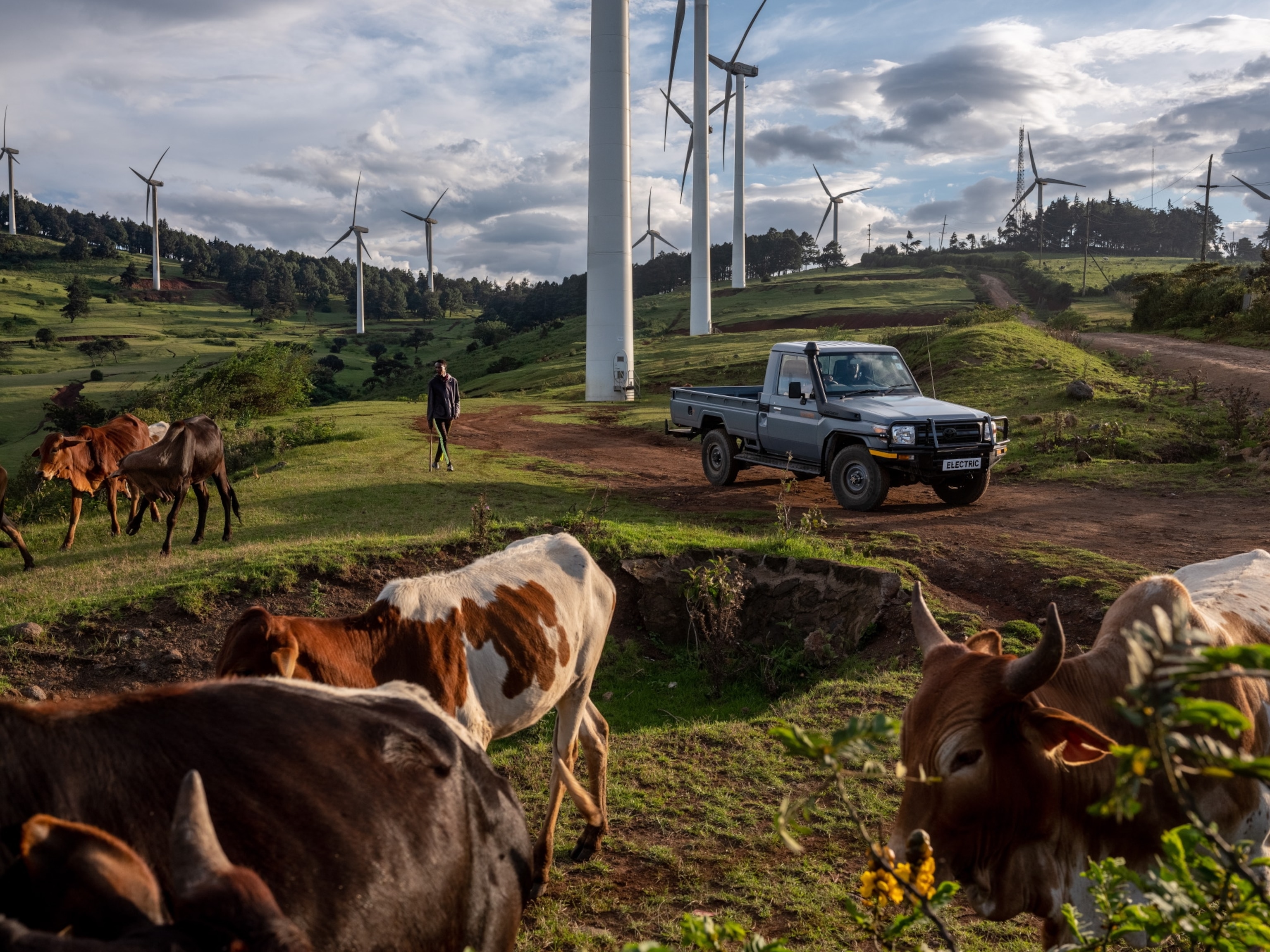
This image of a herd of cattle shows two technologies coming together with a promise of a greater future, says Moran. Photographer Nichole Sobecki captured a farmer walking with his cattle through the rural landscape of Kenya's Ngong Hills Wind Power Station, where an electric-converted Toyota Land Cruiser was being test-driven—creating a layering effect with more than one focal point. “There’s something in there that you want to look at and something in there that tells a different story, front to back,” Moran says.
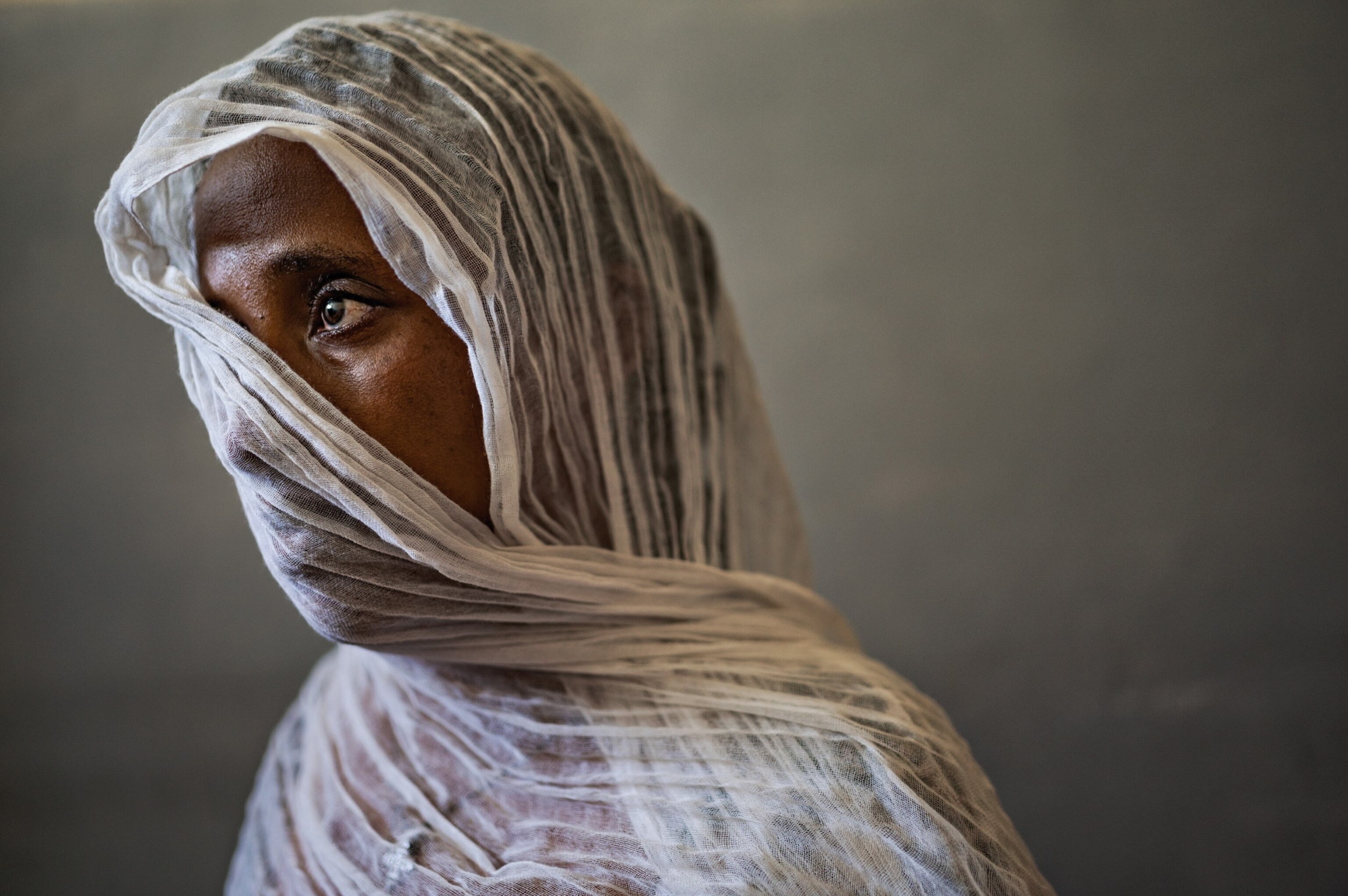
Lynsey Addario captured this portrait of a woman who is among the many civilians who have been targeted during the conflict in Ethiopia’s Tigray region. The civil war in Tigray is responsible for the displacement of millions and the deaths of thousands, and the crisis remains a humanitarian crisis.
“It's an extremely simple but very beautiful portrait of this woman,” Quarrier says. “I love the light and the texture of the scarf around her face, revealing just one eye. I just think it's lovely in its simplicity. And it's also poignant when you think about the brutality that she has endured personally, and also the brutality of the conflict in Tigray.”
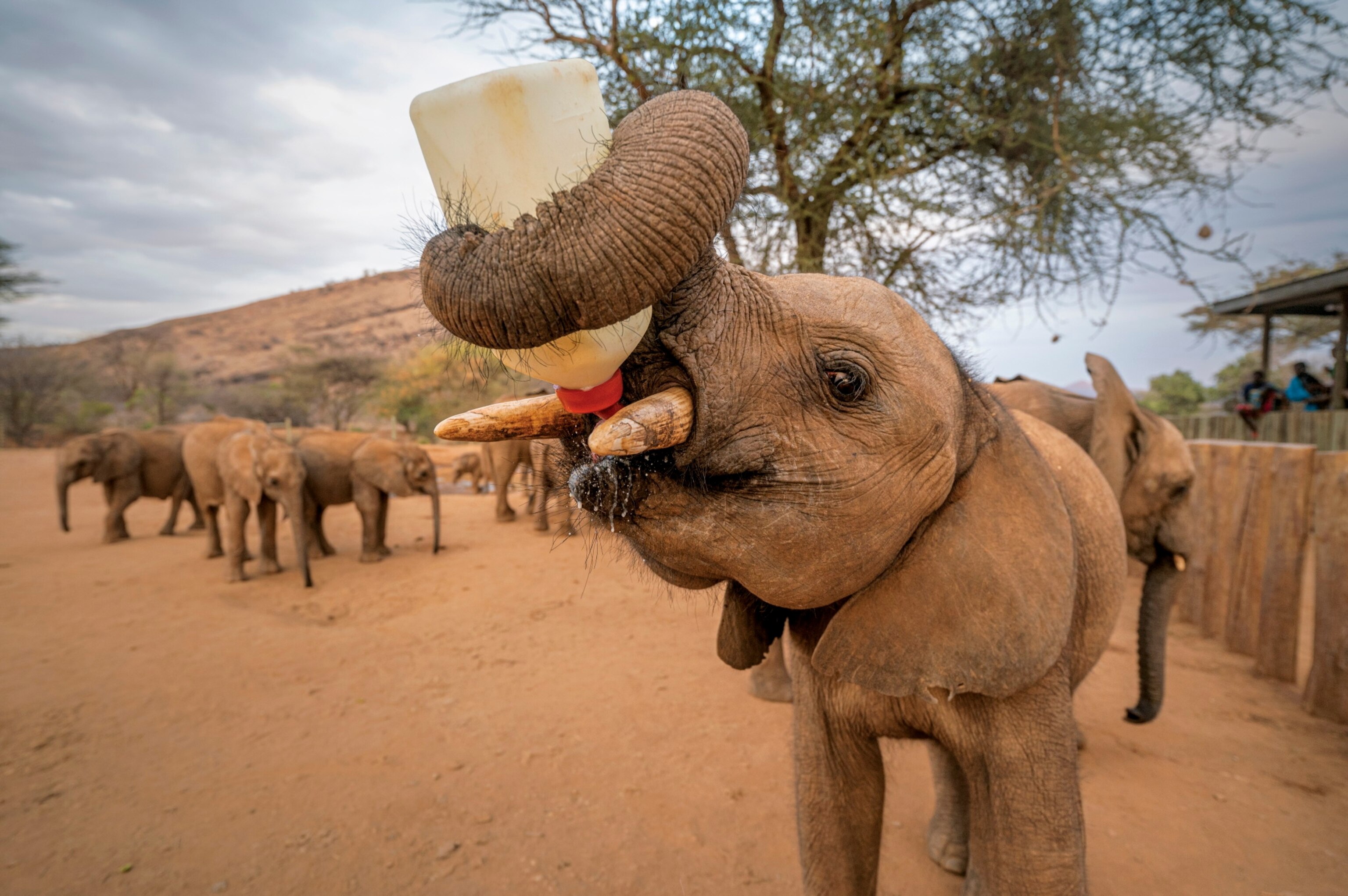
Photographer Ami Vitale documented a three-year-old orphan calf at the Reteti Elephant Sanctuary in Kenya feeding from a bottle. Moran says this photo was taken at a time when it was very difficult for the community to find the necessary ingredients to feed the elephant calves because of COVID lockdowns limiting travel.
Staff members at the sanctuary discovered that local women were herding goats that produce milk and decided to concoct a formula for the calves, which turned out to be far more nutritious than what was previously used.
“So it was this wonderful convergence of things coming together in this strange COVID world we're living in right now,” Moran says. “The elephants benefited and the local community benefited.”
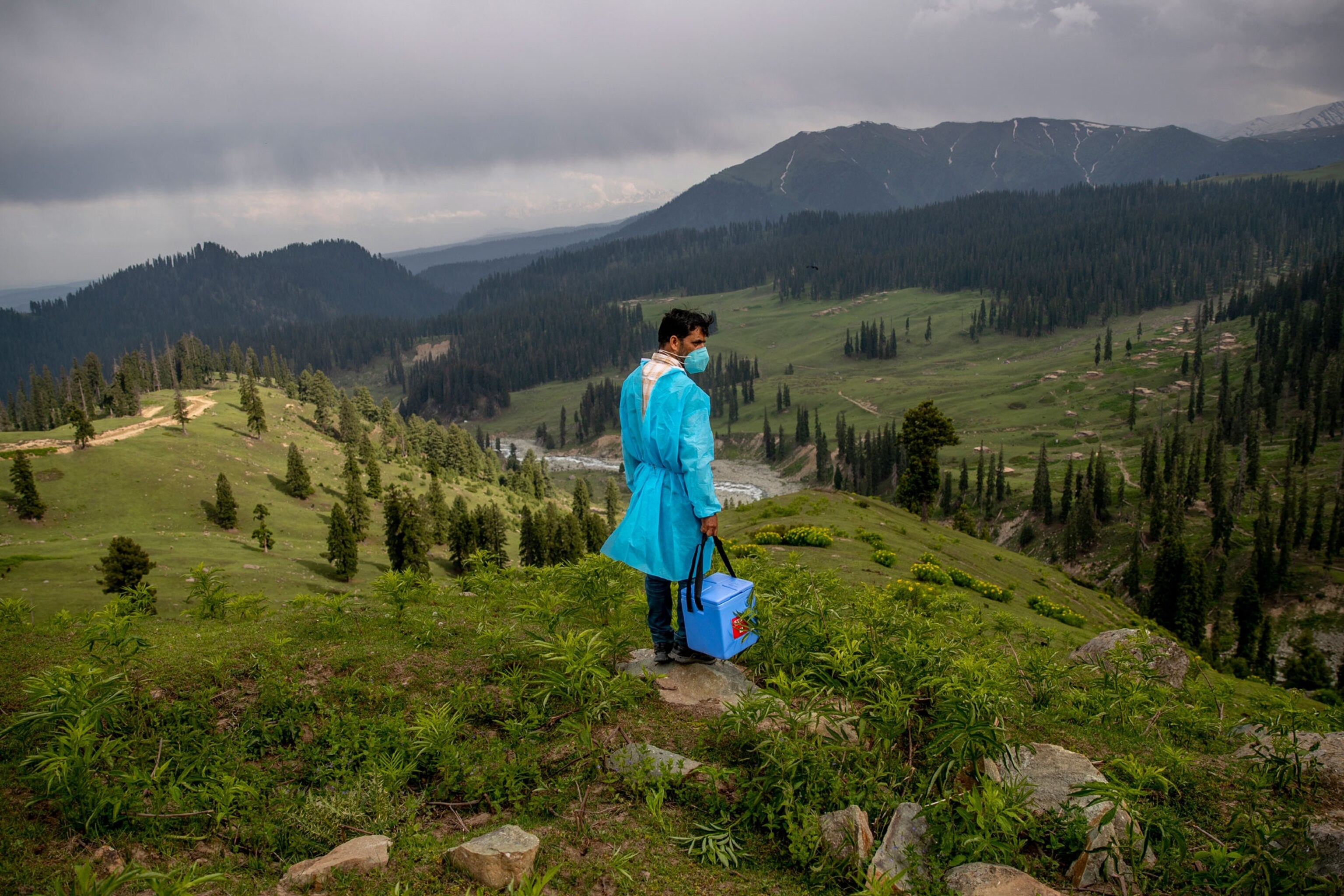
Medical worker Nazir Ahmed stands with a cooler of COVID-19 vaccine doses in the meadows of Tosamaidan, southwest of Srinagar in the Indian territory of Jammu and Kashmir.
Ahmed spent roughly seven hours searching by foot and car for shepherds and nomadic herders who had yet to be immunized.
“This lone health care worker in this beautiful remote mountainous Indian landscape, speaks to the courageous determined efforts of our world's health-care workers to get as many people vaccinated as possible,” says Quarrier.
.jpg)
Firefighters across California spent months battling wildfires this year, as climate change continues to drive an increase in wildfires across North America. Photographer Lynsey Addario took this image of the Dixie fire, which burned nearly a million acres and destroyed Greenville, a town that was once home to around a thousand people.
“Lynsey's photograph of the fire is just staggering,” says Moran. “This image to me speaks to fighting against all odds, that lone firefighter out there with the hose in the midst of this inferno.”

Stonehenge in southern England is an iconic archaeological site built some 4,500 years ago. This site attracts thousands of visitors throughout the year. Earlier this year, a judge halted plans to move a nearby highway underground, a project that archaeologists worried the project would destroy undiscovered artifacts. “People forget or don’t realize that Stonehenge is more than just the stone circle, it’s a landscape,” says Anna Eavis, curatorial director for English Heritage.
Photographer Reuben Wu layered 11 exposures taken over 30 minutes to create the lighting effects in this image.
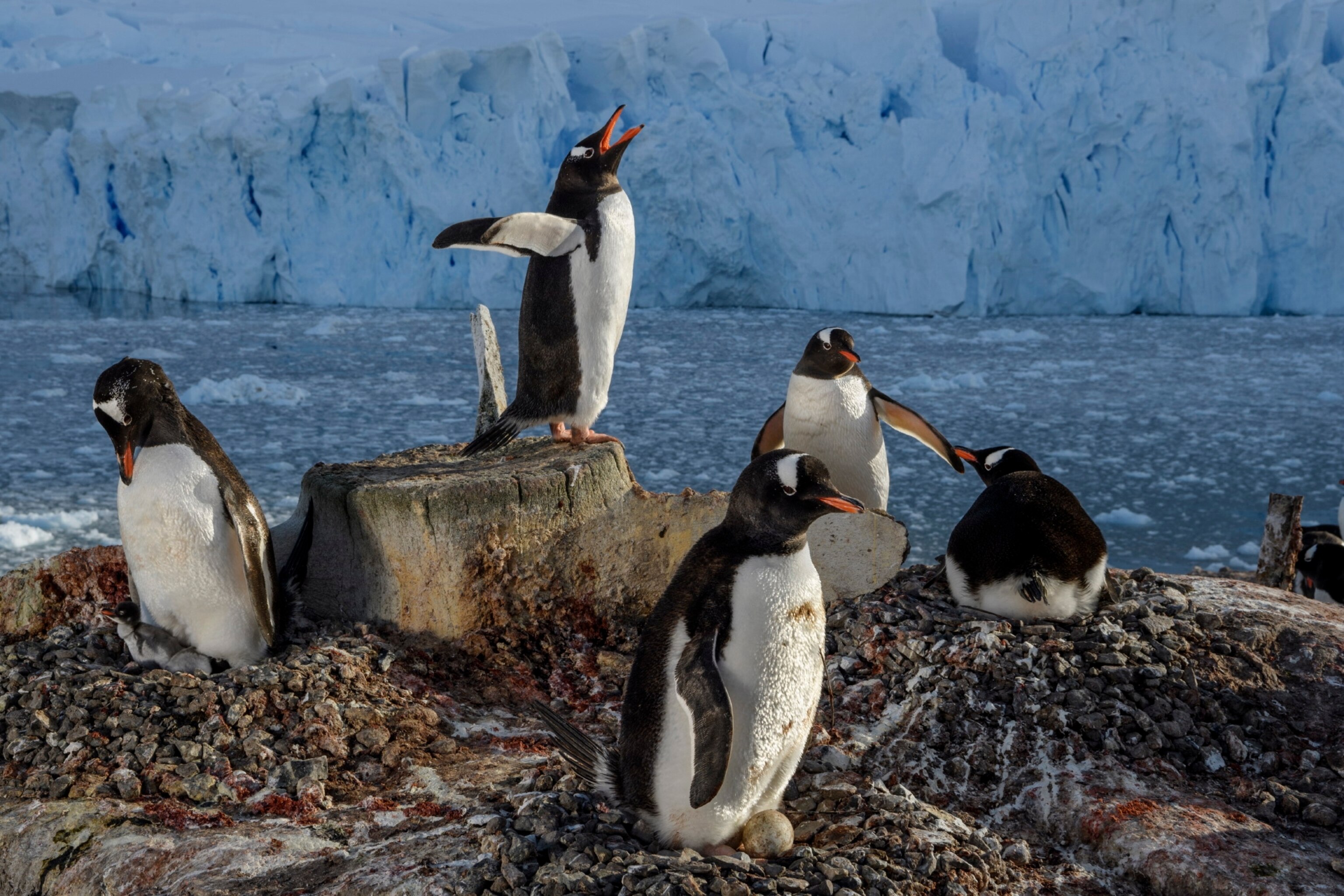
Despite rising winter temperatures, the gentoo penguins on the Antarctic Peninsula are able to thrive on ice-free beaches and waters unlike other penguins who have struggled to stay afloat. Photographer Thomas P. Peschak documented these animals in their various stages of breeding.
“You've got a penguin on an egg, you've got a penguin with a chick, you've got full mating displayed,” says Moran. “It may not be going well for other species, but in this particular moment, these are the climate winners.”
See the rest of the photos selected for the 2021's Year in Pictures here. Read more about the photographers who contributed to this special issue here. Finally, see more of 2021’s best photography, along with the most amazing discoveries of the year and the year’s biggest environmental wins.
